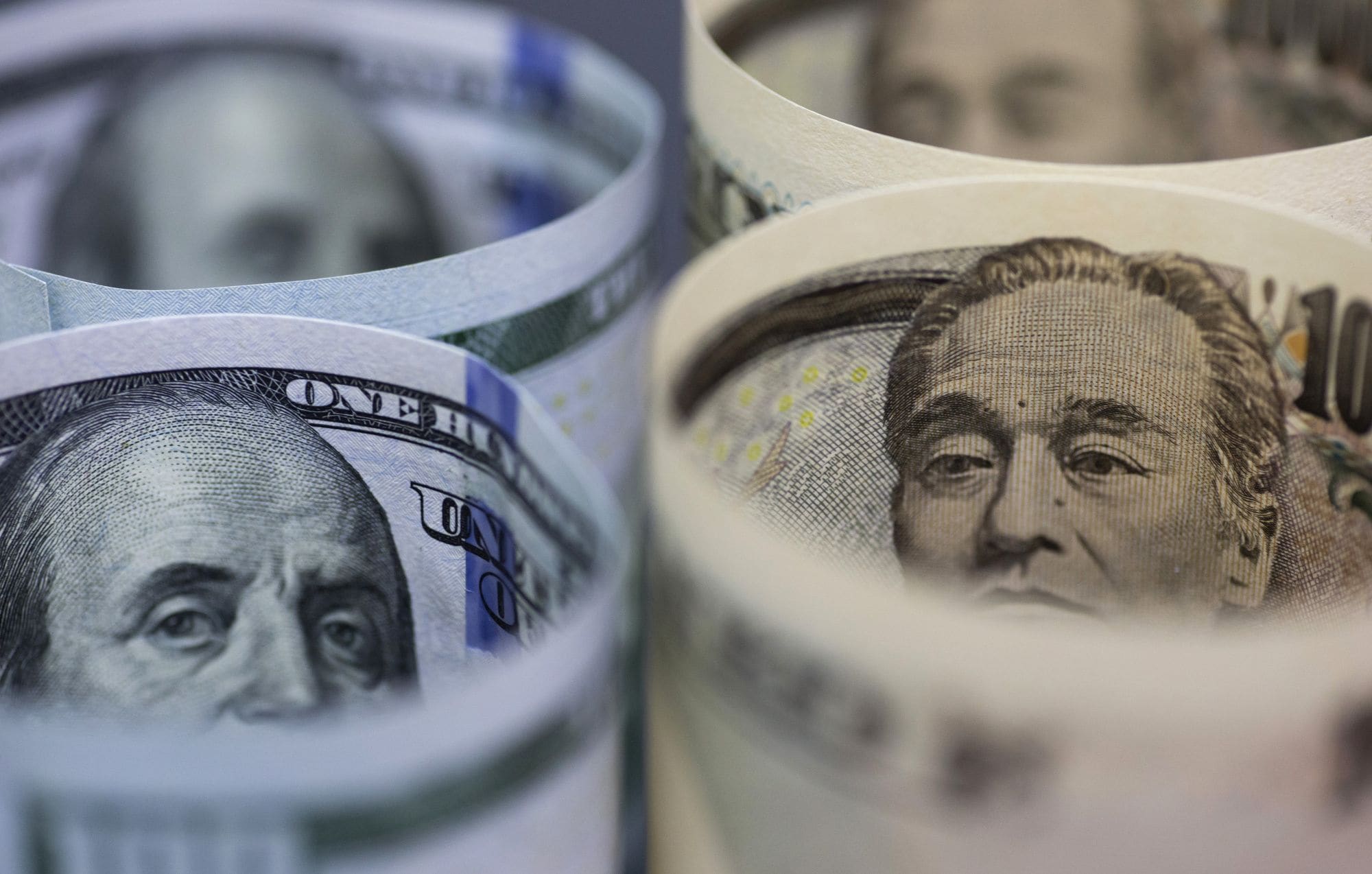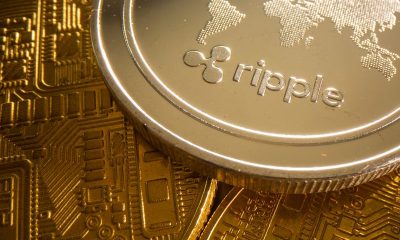Forex
Currency Market news: the dollar is stable against the euro and the yen, the pound is getting cheaper

Currency exchange rates today – the U.S. dollar is stable against the euro and the yen during trading on Thursday. Traders estimate the protocol of the September meeting of the Federal Reserve System (FRS) and statements of other central banks’ representatives made the day before.
Currency market news
The head of the European Central Bank (ECB) Christine Lagarde said on Wednesday during an event at the Institute of International Finance (IIF) that the euro zone economy continues to grow and is not in a recession yet, Bloomberg reported. She said that raising the rates is the most effective instrument of the ECB, while confirming the ongoing negotiations in the management regarding the reduction of assets on its balance sheet.
The head of the Bank of Japan, Haruhiko Kuroda, who also took part in the IIF event, said that the Japanese Central Bank will continue to keep its soft monetary policy, as the economy is still recovering from the COVID-19 pandemic, and inflation will be slowing down. According to Kuroda’s forecast, Japan’s consumer price growth rate will fall below the central bank’s 2% target in the next fiscal year, which begins in April 2023. The country’s inflation rate reached 3% in August.
Japanese Finance Minister Shunichi Suzuki, meanwhile, voiced concern over a sharp weakening of the yen and signaled that the government is prepared to intervene again in the foreign exchange market.
“We cannot allow excessive fluctuations caused by speculation in the foreign exchange market,” he said. – We will take appropriate measures if necessary.”
Earlier we reported that Lagarde said that the monetary policy of a lot of European countries is not, and that their actions are counterproductive in the fight against inflation

 Forex3 years ago
Forex3 years agoForex Today: the dollar is gaining strength amid gloomy sentiment at the start of the Fed’s week

 Forex3 years ago
Forex3 years agoUnbiased review of Pocket Option broker

 Forex3 years ago
Forex3 years agoDollar to pound sterling exchange rate today: Pound plummeted to its lowest since 1985

 Forex3 years ago
Forex3 years agoHow is the Australian dollar doing today?

 Cryptocurrency3 years ago
Cryptocurrency3 years agoWhat happened in the crypto market – current events today

 World3 years ago
World3 years agoWhy are modern video games an art form?

 Commodities3 years ago
Commodities3 years agoCopper continues to fall in price on expectations of lower demand in China

 Economy3 years ago
Economy3 years agoCrude oil tankers double in price due to EU anti-Russian sanctions



























